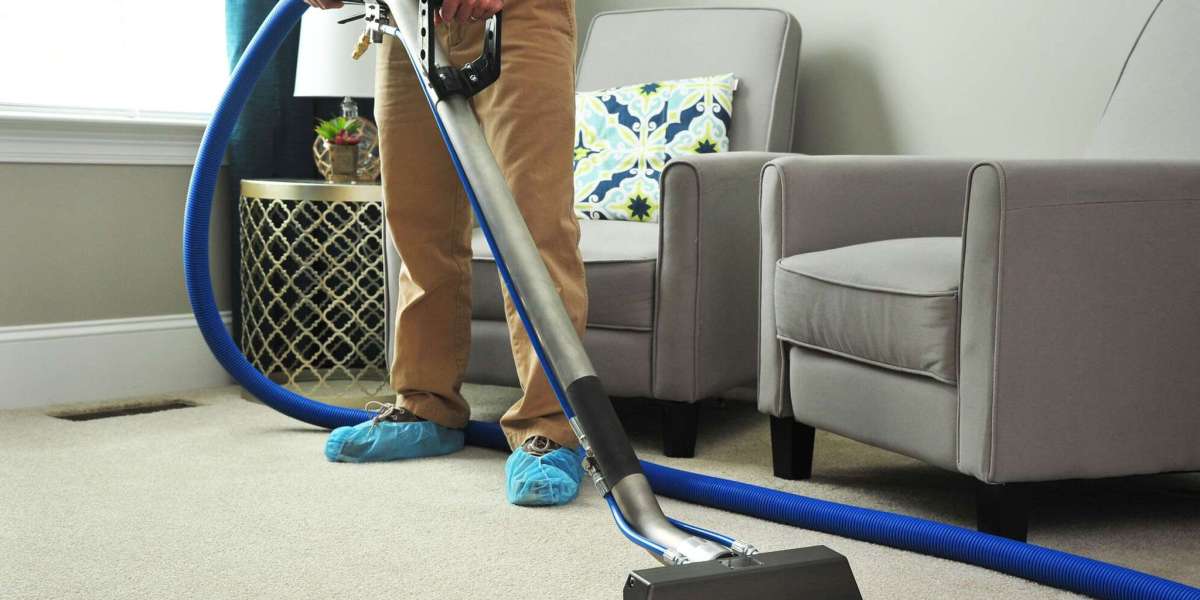When it comes to importing goods into Saudi Arabia, businesses know that budgeting isn’t just about product costs and shipping fees. One of the often underestimated but essential expenses is the saber certificate cost. For new importers or even experienced businesses entering new product categories, understanding this cost—and planning for it properly—can make a huge difference between smooth customs clearance and unexpected delays or penalties.
In this article, we’ll explore what the saber certificate cost typically includes, why it can vary, and, most importantly, how to integrate it intelligently into your overall import budget.
What Is the SABER Certificate and Why Does It Matter?
Before diving into costs, let’s briefly review why the SABER Certificate is mandatory.
SABER is an electronic platform launched by the Saudi Standards, Metrology, and Quality Organization (SASO) to simplify the process of ensuring product conformity. For most regulated products entering Saudi Arabia, importers must secure two main documents through SABER:
✅ Product Certificate of Conformity (PCoC) – issued once per product model, valid for a year.
✅ Shipment Certificate of Conformity (SCoC) – required for every shipment of that product.
The goal isn’t just paperwork: it ensures that only safe, compliant, and high-quality goods reach Saudi consumers. That’s why every importer should not only get familiar with the SABER system but also plan for the saber certificate cost when calculating total landed costs.
Breaking Down the Saber Certificate Cost
Now let’s look at what typically makes up the cost:
1️⃣ Fees paid to certification bodies (CBs):
The bulk of the expense is paid to SASO-approved CBs who check your product documents, test reports, and ensure compliance.
These fees can vary depending on the product type, risk level, and the CB itself.
2️⃣ Platform fees:
SABER charges administrative fees when registering products and issuing certificates.
As of recent updates, this includes a fixed fee per PCoC and per SCoC.
3️⃣ Testing costs (if needed):
For new products or high-risk categories, you might need lab testing or factory inspections, which can add to the budget.
4️⃣ Consultant or agent fees (optional):
If you use a customs broker or SABER consultant to manage documentation and communication, factor in their service charges.
These combined items form the total saber certificate cost, which can differ based on your product category, volume, and frequency of shipments.
Why Costs Can Vary
Businesses are sometimes surprised to see different quotes for the same certificate. Here’s why costs are not always fixed:
✅ Product risk classification: Higher-risk products often need extra testing or detailed conformity checks, which increases costs.
✅ Certification body rates: CBs can have different pricing structures and service packages.
✅ Shipment frequency: If you ship often, you’ll pay SCoC fees multiple times even if you already have a valid PCoC.
✅ Regulatory updates: SASO occasionally updates fee structures or risk categories, which can affect pricing.
Knowing these variables helps you plan a more flexible and realistic import budget.
How to Include SABER Certificate Cost in Your Import Budget
1️⃣ Start with product research:
Identify whether your product is regulated under SASO.
Learn about applicable technical regulations.
2️⃣ Get quotes early:
Contact multiple SASO-approved CBs and ask for fee details.
Remember to ask if the cost covers everything, including lab testing if required.
3️⃣ Factor in shipment frequency:
Estimate how many shipments you plan per year.
Multiply SCoC fees by shipment count.
4️⃣ Add a buffer:
It’s smart to add a small percentage (e.g., 10–15%) to cover unexpected costs like re-testing or document changes.
5️⃣ Work with experts:
Partnering with an experienced customs broker or consultant can help you avoid costly mistakes, saving time and money in the long term.
Tips to Optimize Your SABER Certificate Cost
✅ Bundle products under the same category when possible:
This can reduce the number of separate PCoCs needed.
✅ Use reliable test reports:
High-quality and recent reports reduce the chance of re-testing fees.
✅ Choose the right CB:
Sometimes paying slightly more for a responsive, efficient CB saves money by speeding up approvals and avoiding shipment delays.
✅ Plan shipments smartly:
Instead of frequent small shipments, consider consolidated shipments to reduce SCoC fees.
The Role of Saber Certificate Cost in Total Landed Cost
Many businesses focus only on product price, freight, and customs duties. But ignoring the saber certificate cost can distort profitability estimates.
By factoring this cost into your total landed cost:
You get a true picture of your product margin.
You’re better prepared for market pricing decisions.
You avoid last-minute financial stress.
It also helps with cash flow planning, especially if you have seasonal peaks or introduce new products regularly.
Future Outlook: Costs and Efficiency
Saudi Arabia is moving toward more digital and automated trade compliance systems. In the future, the SABER platform could:
Reduce approval times with AI tools.
Introduce subscription-based models for frequent importers.
Offer discounts or streamlined processes for low-risk products.
Still, it remains critical to plan for the saber certificate cost, because even if the process becomes faster, the need for safety and compliance won't go away.
Conclusion
Planning an import budget isn’t complete without considering the cost of conformity. The saber certificate cost may seem like just another line in your spreadsheet, but it directly affects your cash flow, shipment timelines, and reputation in the Saudi market.
By understanding what drives this cost, getting accurate quotes, and including it from the start, you can trade more confidently and build a sustainable import business in the Kingdom.



